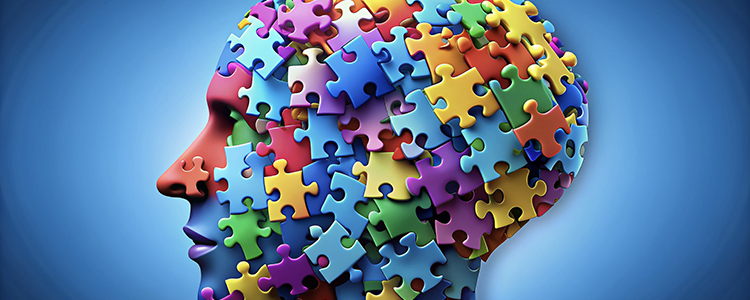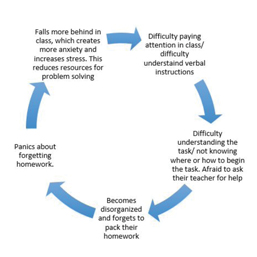



Neurodivergence is the term used when someone’s brain processes, learns, and/or behaves differently from what is considered “typical!”.
Neurodiversity includes conditions like autism, ADHD, Down syndrome and epilepsy, as well as chronic mental health illnesses such as bipolar disorder, obsessive compulsive disorder, borderline personality disorder, anxiety, or depression.

Many children with Learning Disabilities (LDs) also have co-occurring social-emotional and behavioural concerns such as anxiety and ADHD. These disorders can often present similarly in children which can make the cause of certain behaviours hard to pick apart. Increased understanding can help guide effective, as well as individualized, accommodations for your child in both the home and school settings.

You never know how much of an impact your actions can have on someone. Something you say or do can significantly change the outcome of a situation.

According to the Diagnostic and Statistical Manual of Mental Disorders, Fifth Edition (DSM-5), the prevalence rate for Attention-Deficit/Hyperactivity Disorder (ADHD) “occurs in most cultures in about 5% of children” (p.61). But if you talk to anyone, you’d start thinking that these numbers are much higher. So, what’s going on?
Calgary’s Child Magazine © 2024 Calgary’s Child